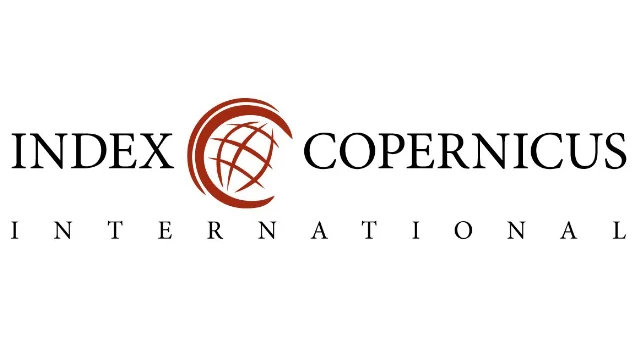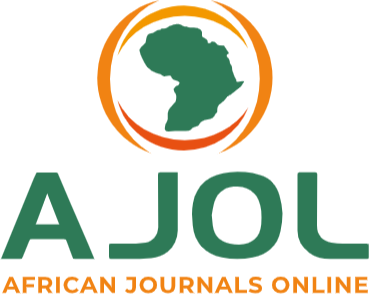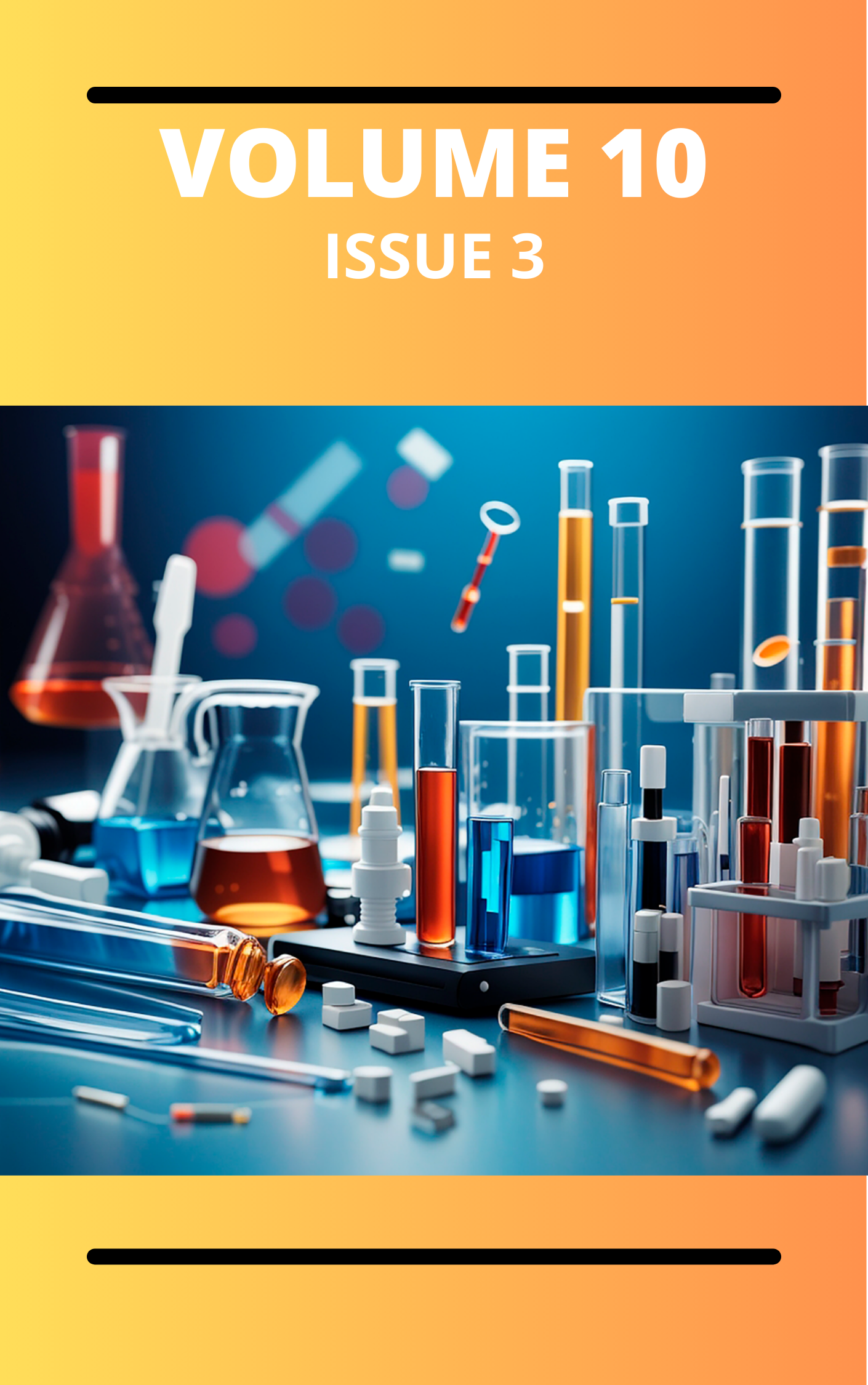Goat Horn Biochar as a Low-Cost Adsorbent for the Removal of Cadmium and Zinc ions in Aqueous Solution
Keywords:
Toxic metal, adsorption, goat horn biochar, isotherm, kineticAbstract
Given the high toxicity of most heavy metal ions in aquatic environments and the need for remediation using environmentally friendly methods, this study was conducted to produce biochar from goat horn. The removal efficiency of the synthesised biochar in the removal of cadmium (Cd2+) and zinc (Zn2)+ions from aqueous solutions was also investigated. The proximate analysis of the goat horn biochar was carried out, the moisture content, ash content and bulk density were 10.62%, 6.5% and 0.79g/cm3 respectively. FTIR characterization shows the function group of O-H, C=H, C-O, C=C and P-O. SEM analysis shows a distinct porosity and irregular surfaces with roughness. The batch adsorption experiment was also implemented to obtain information on the influence of pH, metal concentration and contact time on the removal efficiency of the biochar. The results of the study indicated that the optimal conditions for the removal of the metal ions was a pH of 7, 20mg/L. The adsorption equilibrium was obtained after 60 and 90 minutes of contact for Cd2+ and Zn2+respectively.The adsorption data fitted the Langmuir isotherm with a correlation coefficient (R2> 0.94) and suggested a uniform distribution of bonding energy between the Cd2+ and Zn2+ on biochar. The maximum adsorption capacity was 38.84 mg/g for Cd2+ and 33.692 mg/g for Zn2+. The kinetic study enlisted the pseudo-second-order as the best-fitted model. The adsorption was proposed to be facilitated by the chemisorption mechanism.
Downloads
Published
Issue
Section
Similar Articles
- Helen O. Chukwuemeka-okorie, Ifeanyi Otukere, Kovo Akpomie, Isotherm, Kinetic and thermodynamic investigation on the biosorptive removal of Pb (II) ion from solution onto biochar prepared from breadfruit seed hull , Communication In Physical Sciences: Vol. 12 No. 3 (2025): VOLUME 12 ISSUE 3
- Felicia Uchechukwu Okwunodulu, Stevens Azubuike Odoemelam, Remediation of effluents polluted with toxic heavy metals using Cola nitida pod husk , Communication In Physical Sciences: Vol. 8 No. 4 (2022): VOLUME 8 ISSUE 4
- Chigbundu C. Emmanuel, Adebowale O. Kayode, Equilibrium and Kinetics Studies of the Adsorption of Basic Dyes onto PVOH Facilely Intercalated Kaolinite - A Comparative Study of Adsorption Efficiency , Communication In Physical Sciences: Vol. 7 No. 4 (2021): VOLUME 7 ISSUE 4
- N. B. Essien, Sorghum Waste as an Efficient Adsorbent for the Removal of Zn2+and Cu2+ from Aqueous Medium , Communication In Physical Sciences: Vol. 5 No. 2 (2020): VOLUME 5 ISSUE 2
- Nyeneime W. Akpanudo, Onyeiye Ugomma Chibuzo, Musanga cecropioides Sawdust as an Adsorbent for the Removal of Methylene Blue from Aqueous Solution , Communication In Physical Sciences: Vol. 5 No. 3 (2020): VOLUME 5 ISSUE 3
- Comfort M. Ngwu, Okoche K. Amadi, Augustine C. Egwu, Sorption Studies on the Removal of Industrial Dye Aniline Yellow From Aqueous Solution Using Surfactant Modified Iron Filings , Communication In Physical Sciences: Vol. 6 No. 1 (2020): VOLUME 6 ISSUE 1
- Felicia Uchechukwu Okwunodulu, Stevens Azubuike Odoemelam, Comparative Studies On Infrared Analysis of Some Waste Biomass in Heavy Metals Adsorption , Communication In Physical Sciences: Vol. 8 No. 4 (2022): VOLUME 8 ISSUE 4
- F. E. Awe, Adsorptive studies of the inhibitive properties of ethanolic extracts of Parinari polyandra on Mild steel in acidic media , Communication In Physical Sciences: Vol. 4 No. 1 (2019): VOLUME 4 ISSUE 1
- Anduang Ofuo Odiongenyi, Adsorption Efficiency of Scotch Bonnet Shells as a Precursor for Calcium Oxide Nanoparticles and an Adsorbent for the Removal of Amoxicillin from Aqueous Solution , Communication In Physical Sciences: Vol. 9 No. 3 (2023): VOLUME 9 ISSUE 3
- S. Chitra, Adsorption studies on the inhibition of the corrosion of mild steel in 2 M NaCl by tetracycline and neomycin trisulphate drugs , Communication In Physical Sciences: Vol. 5 No. 1 (2020): VOLUME 5 ISSUE 1
You may also start an advanced similarity search for this article.




